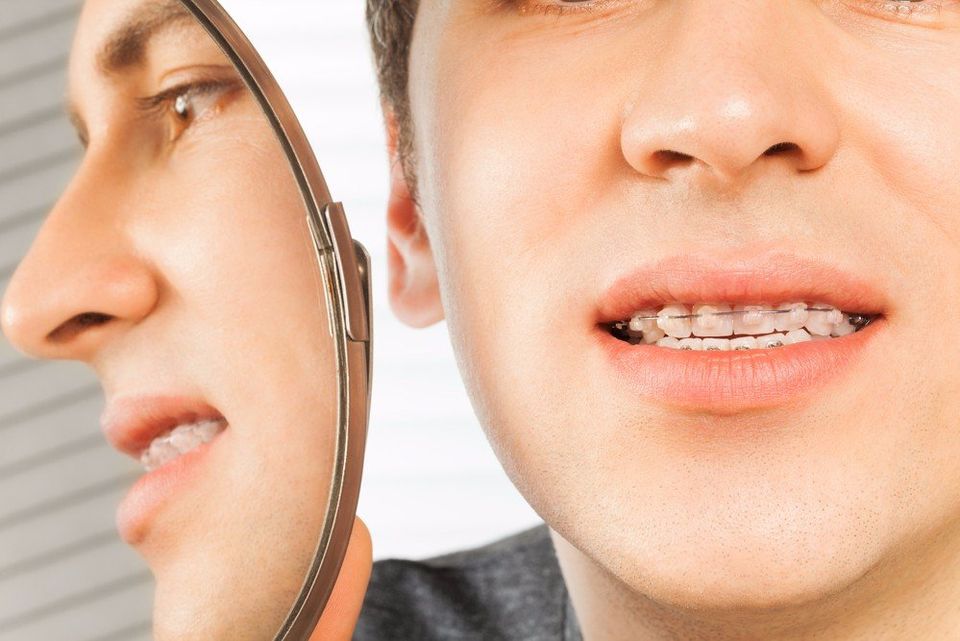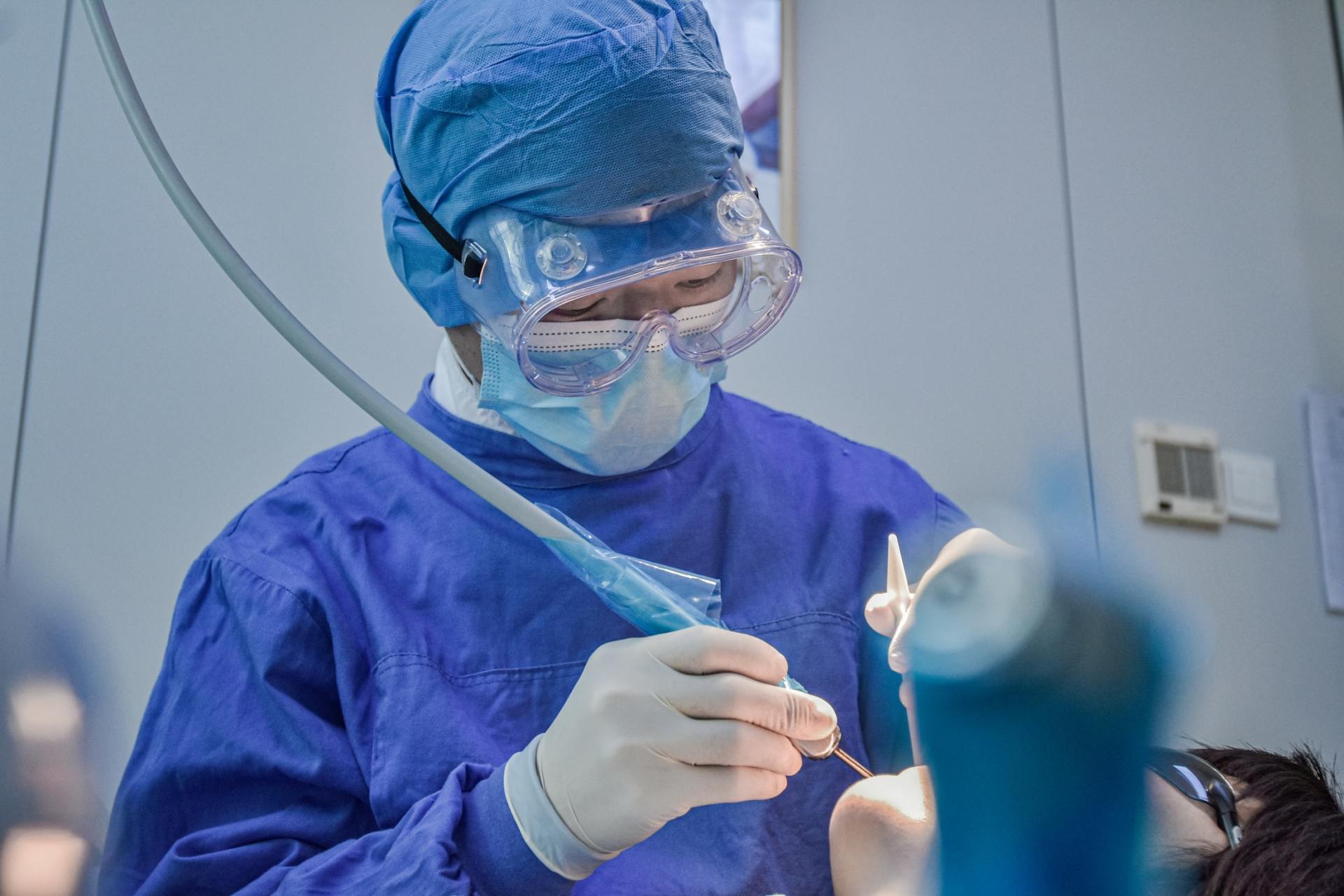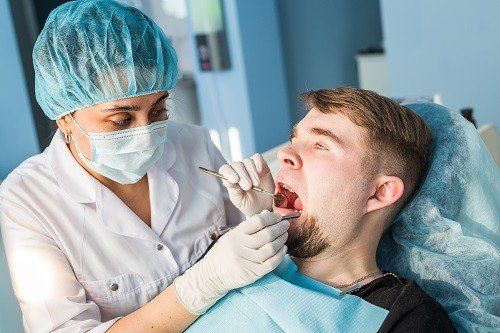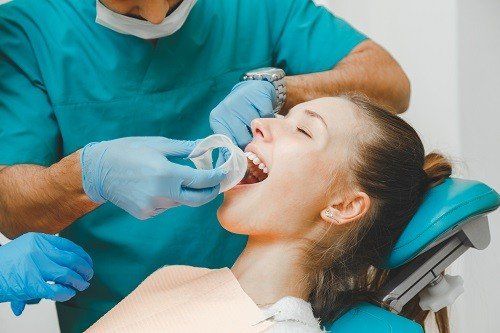Neuromuscular Dentistry
Professional dental care has gotten far in the past few
decades, fine-tuning and improving methods of care that have shown to be safe
and in the best interests of the patient. There are some branches of dentistry,
however, that either need improvement still or are controversial at best. One
of them is neuromuscular dentistry, which is meant to realign the jaw to
provide relief from temporomandibular disorders (TMD) or to fix over or
underbites (malocclusion).
At this point, the American Dental Association has
not recognized the practice, given that clinical trials have not proven that
changing the jaw’s position prevents or treats TMD. You can read the following
facts to learn about the specialized practice and if it would ever be necessary
for you.
Jaw Position
The jaw’s position is not a simple subject—how the oral cavity functions is based on the teeth, the facial muscles, and how the teeth come together at rest and while in use. An individual's bite evolves as he or she grows up and develops and because of aging. While it has been noted that there are dental procedures that require patients to obtain new jaw positions, there aren’t exactly ideal positions for any individual, as per a study in the Journal of Oral Surgery, Oral Medicine, Oral Pathology, Oral Radiology (JOOOO) .
Cost and Technology
Digital analyses can be given to help diagnose the jaw pain’s source. Some tests dentists may use for this include the following:
Electromyography : electrical impulses track the muscle movements of the jaw.
Sonography : measures any vibrations when the jaw opens and shuts to see where the joint isn’t functioning.
Transcutaneous electrical nerve stimulation (TENS) : electrical stimuli directed at the muscles to help relieve muscle spasms.
Jaw tracking : a 3-D model of the jaw is drawn to find abnormalities.
Despite these methods being available, it hasn’t been proven that they can identify the exact cause of a patient's TMD. The tests also can't predict a certain jaw position that would fix the issue.
As for the cost of a neuromuscular procedure, the TMJ Association has estimated that it could cost between $3,500 to over $25,000 for four to six months to one year or more of treatment. Your insurance company also may not help with the cost since there is not enough scientific evidence to back up the success of neuromuscular dentistry.
Treatment
Research has noted that jaw realignment could be irreversible, meaning orthodontic measures would be a better option for patients. TMD can lead to poor posture, shoulder and neck pain, headaches, and an overall detriment to the patient’s well-being, but dental professionals and JOOOO have argued that jaw realignment is seldom considered medically necessary.
Oftentimes, jaw pain can be dealt with noninvasively. Imaging and tests can be performed to exclude potential pathologies, but tests cannot determine whether jaw position is the concern. Inflammation is often present if the patient is having serious pain. A dentist can help manage the pain by prescribing anti-inflammatory medicine. A splint can stabilize the joint, but it is again not recommended to irreversibly change one’s bite alignment.
Are you avoiding the dentist office because you don’t have insurance? Did you know you can save as much as 20 percent off your dental visits will the Wellness Dental Plan? For more information about our New Hampshire discount dental plans , click here.
Photo via Shutterstock











